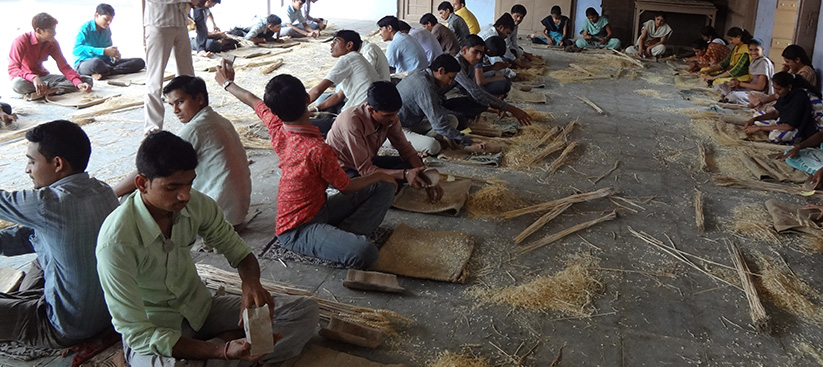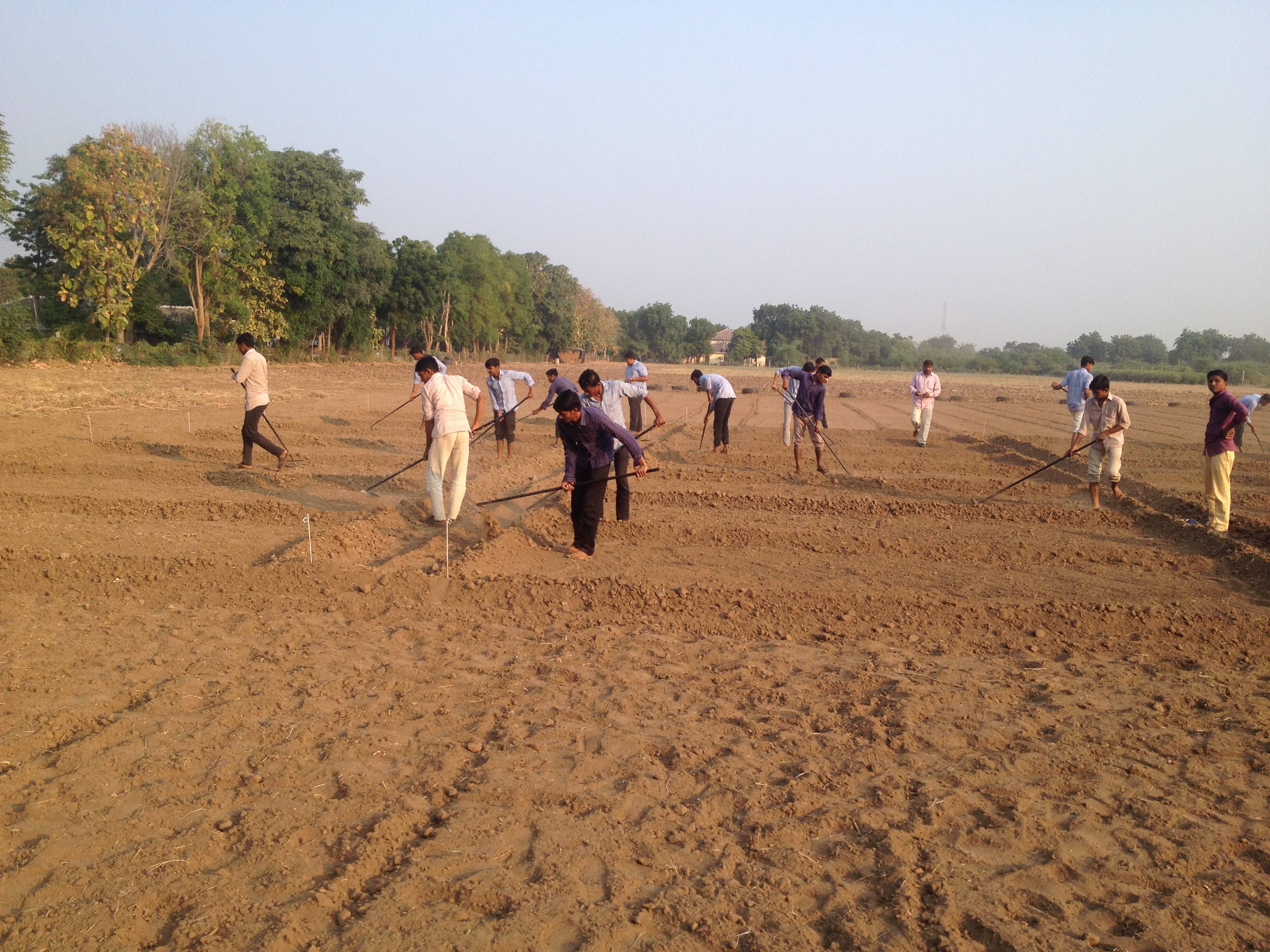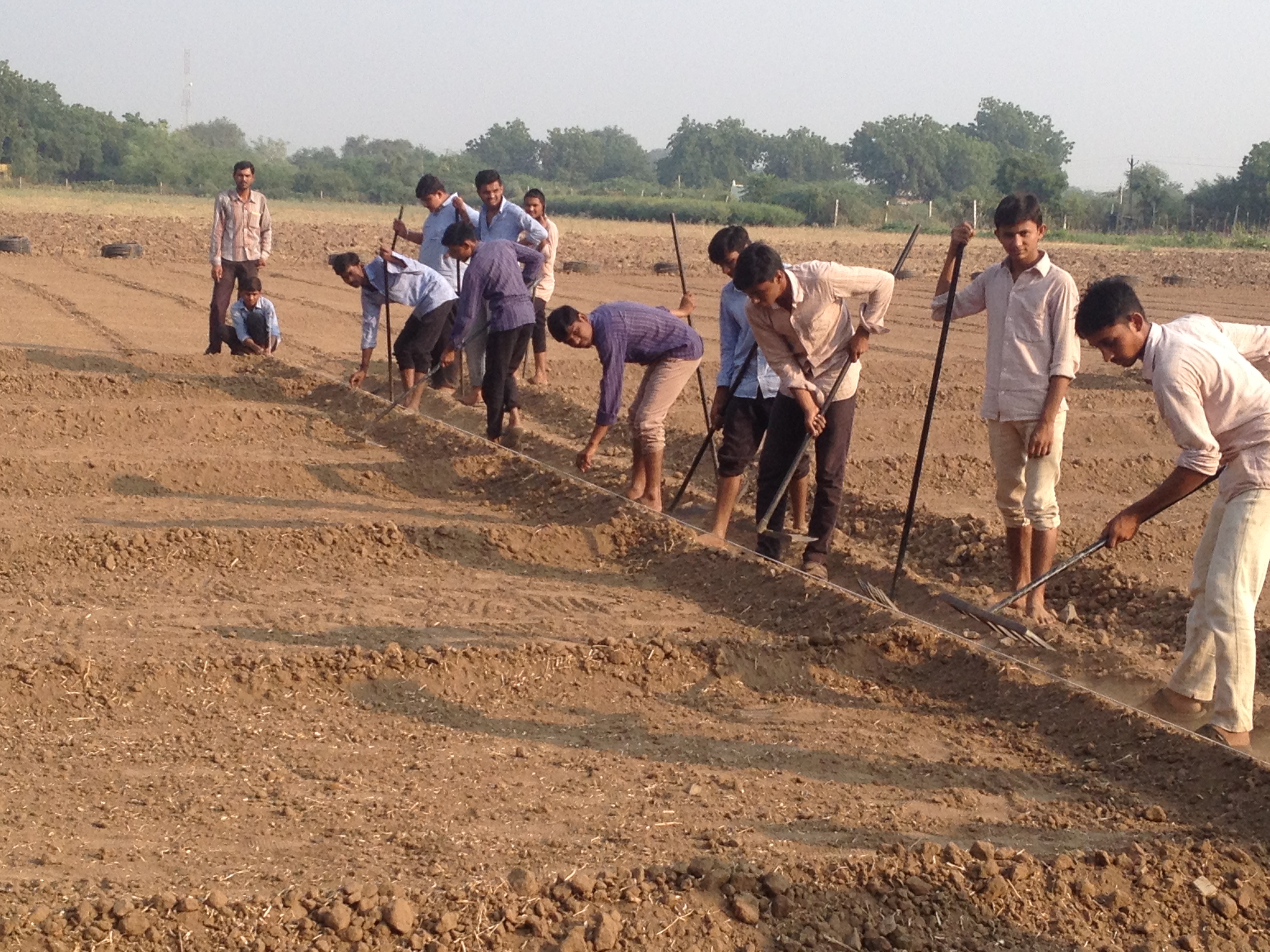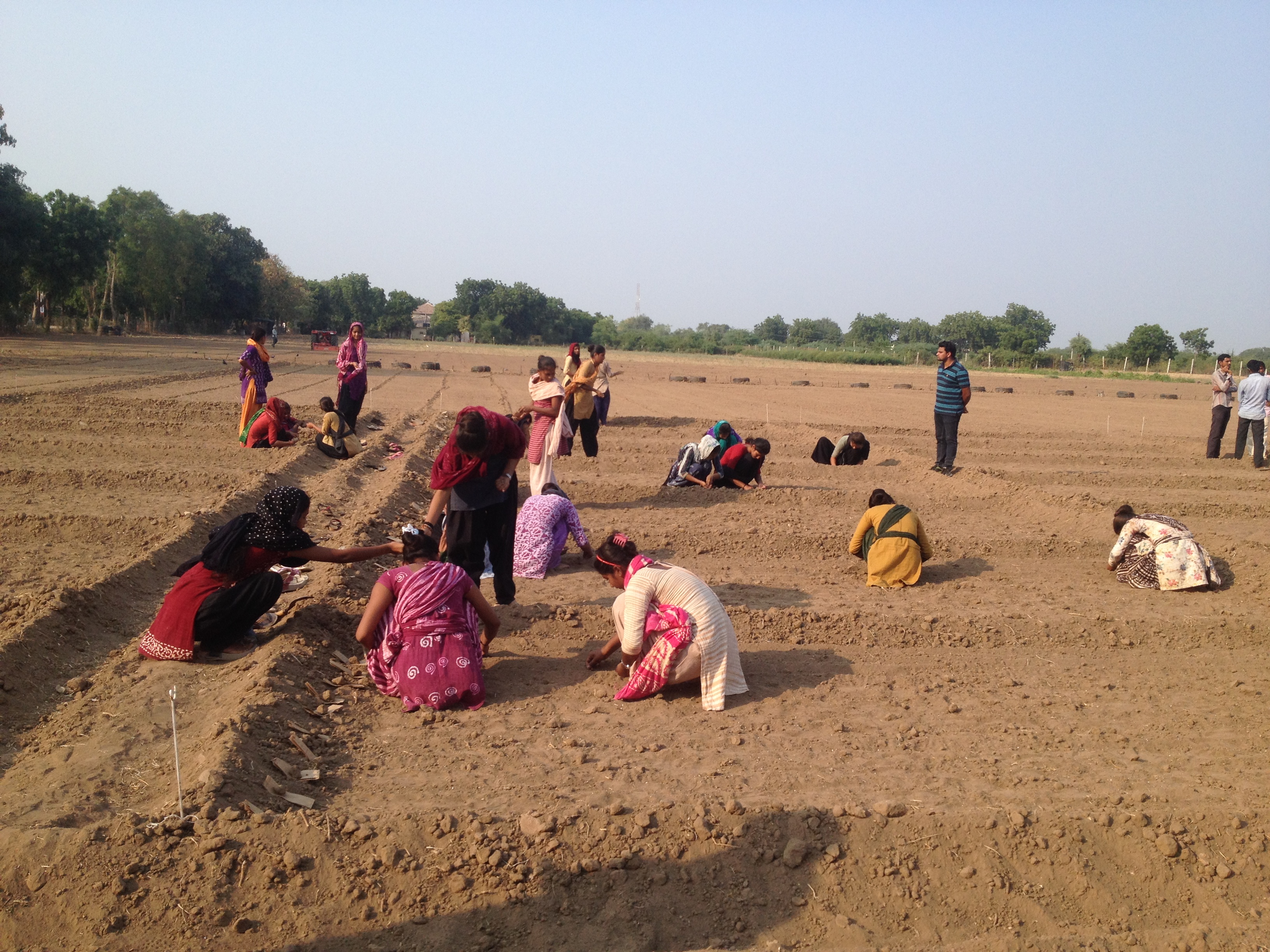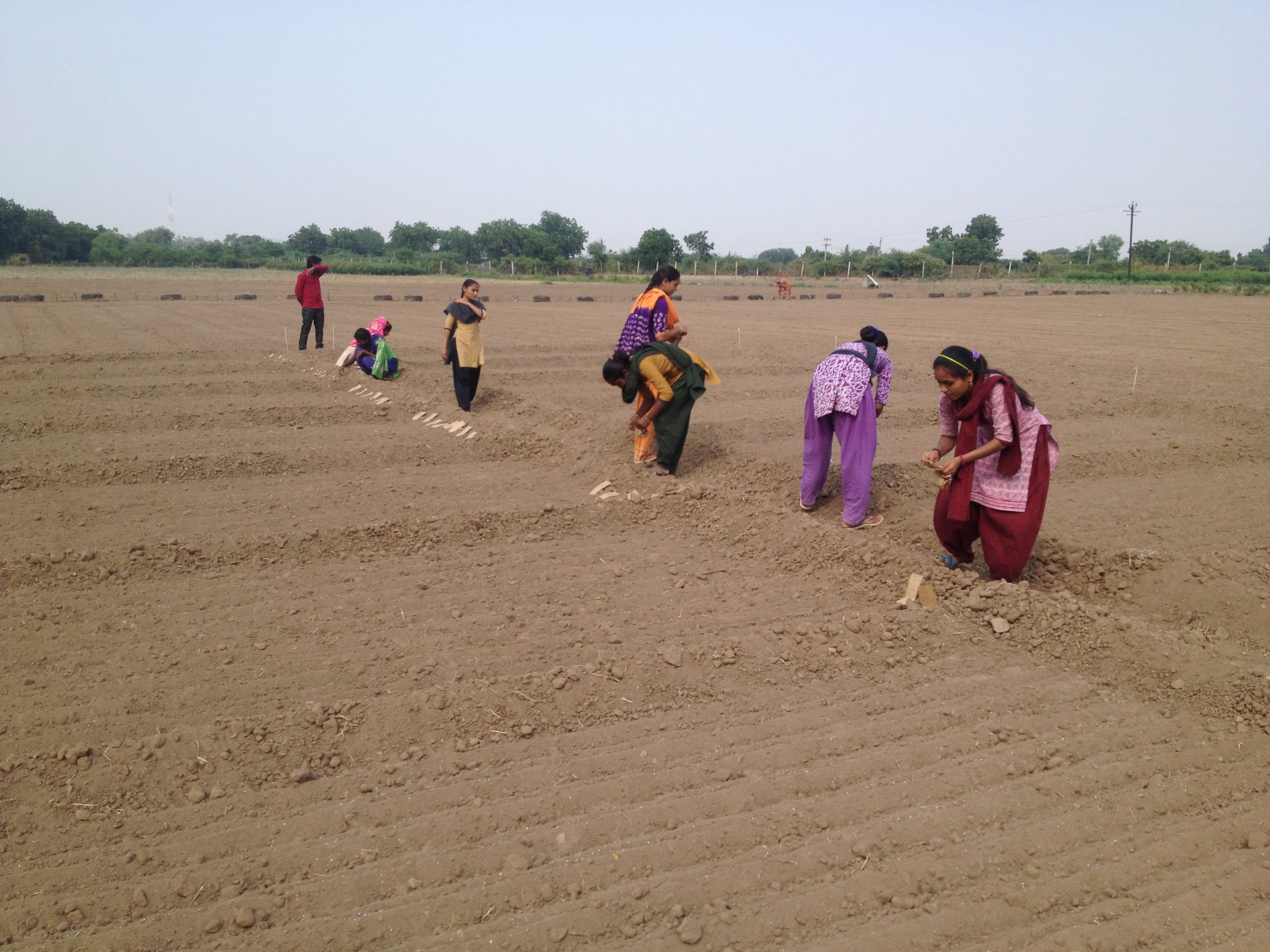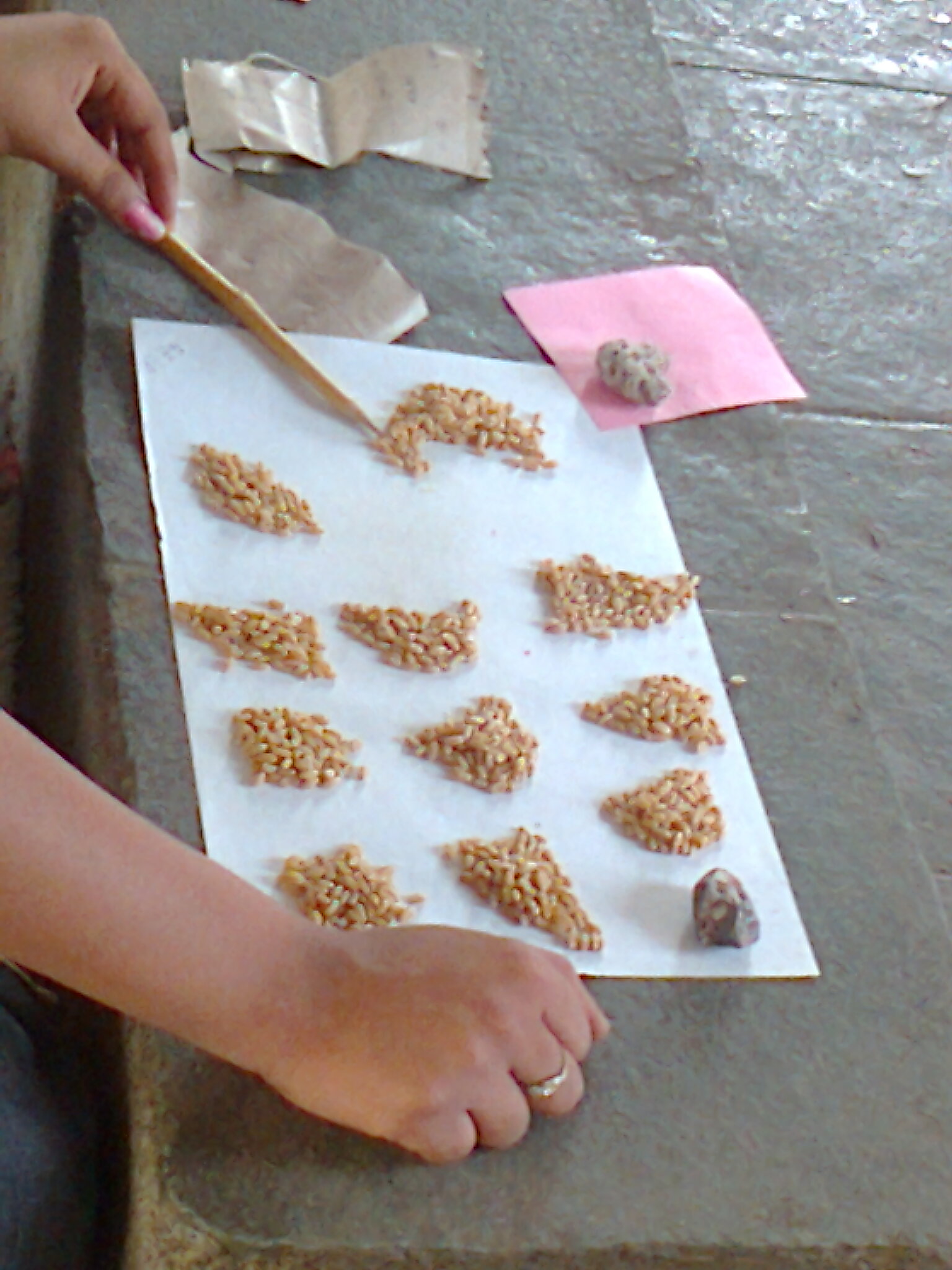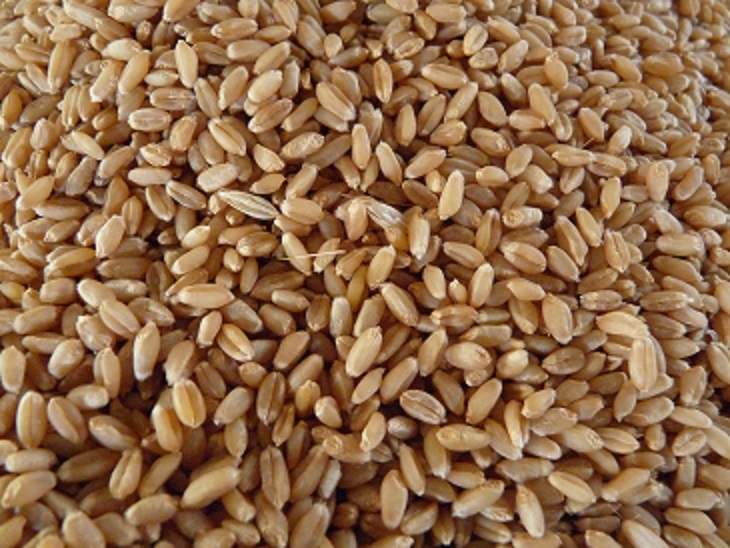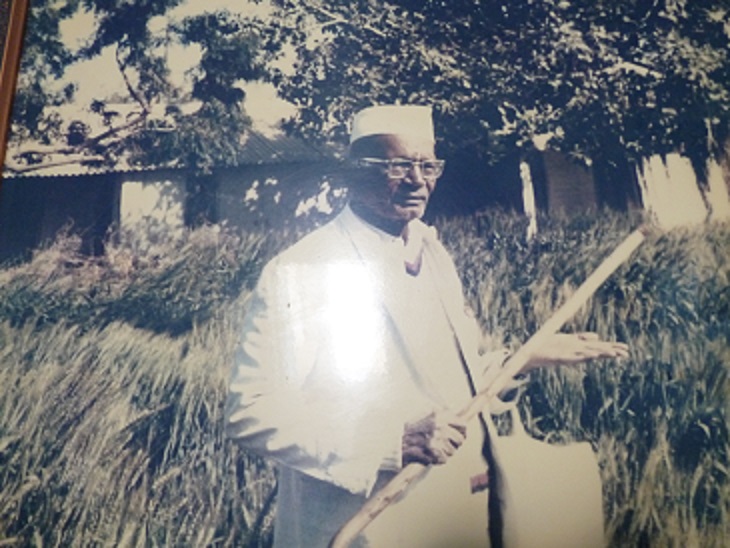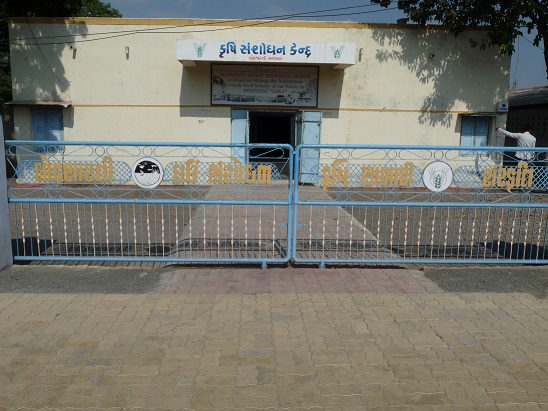Wheat Research Centre
The wheat research work was initiated under the guidance of a dedicated agriculture scientist Late Dr. Zaverbhai Patel in 1967. A man possessed with the humanitarian out look, this agriculture scientist received the Ph.D. degree in ‘Plant Breeding’ from America in 1933. Having worked as the high-designated officer in the Agriculture Department of the Saurashtra State, Dr. Zaverbhai came to Lokbharti after his retirement. He brought with him nearly 15 Mexican varieties of wheat and started the research work in Lokbharti Gramvidyapith. Among these seeds there were two varieties S-308 and S-311 out of which we developed Lok-1 wheat variety. It has been one of the highest yielding, most preferred and famous wheat variety all over India.
Objectives of the Wheat Research Center
- To develop wheat varieties with higher yield, resistance capacity, low water requirement and superior nutritional value.
- To impart the educational training for scientific agricultural research to the students, to give them training of skill development connected with physical manual labour and to seek their educational co-operation for scientific wheat research work.
- To contribute in the increase of overall food grain production of our country as well as help the farmers to get fair prices of their productions.
Distinctive features of wheat research centre
- Lokbharti is the only public trust educational institution of India that works on wheat research.
- In spite of less equipments and infrastructure in comparison with other research centers, this research centre and its results have been getting admiration because of scientific discipline, accuracy, sense of responsibility and belongingness, scientific manual labour, dedicated workers and active participation of our students. And yes, we believe that the grace of Nature-God has also helped us!
- This research centre carries out the individual plant study of 8-10 thousand plants every year.
- Lokbharti has developed a variety of wheat known as ‘Lok Bold” which has exceptionally bold grains–a lot heavier than other wheat grains, an amazing 95 grams as opposed to the normal 40-50 grams per 1000 grains of other wheat varieties! Even Dr. Norman Borlog, world renowned agricultural scientist and the Nobel Prize winner, had been impressed by this bold grain and he honoured us by giving a special memento.
Distinguished achievements of Lok-1
- Highest yielding variety requiring less irrigation and fertilizers as compared to other wheat varieties.
- In spite of early maturity, it yields more production.
- Stood first consecutively for 7 years across the country among the best 10 varieties, selected out of nearly 150 varieties of breeder seed during 2004 to 2010. At present, it has been at the 3rd rank.
- Possessing high resistance capacity against the most dangerous rust disease, known as UG-99.
- In the central zone of India, 10 lakh hectors are cultivated with Lok-1. By using Lok-1, one can get 8% more yield. Therefore by this LOK-1 wheat, the farmers of our Nation have been profited by Rs. 200 crores per year as compared to the previous years’ national output.
- Making significant contribution in the buffer stock of wheat and thereby promoting self-dependence to cope up with food scarcity of our country, Lok-1has been acknowledged at the national level.
On going activities :
- Comparative experimental trial of the new wheat varieties are being carried out at three different
- levels:
- Local level wheat variety experiments.
- National level wheat variety experiments.
- International level wheat variety experiments.
- Nearly 500 to 1000 wheat varieties are sown here for the various purposes and the different kinds and their traits are being crossed with the local varieties in order to develop new varieties.
- Nearly 1200 to 1500 wheat varieties, ranging from the F1 (First generation) to 10th, 12th generation cultures, are being cultivated in order to have new varieties.
- Nucleus and Breeder seeds of new varieties are prepared.
- The rust spores are collected especially from Mahabaleshwar and Simala every year, in order to study resistance power of seeds against rust disease.
Wheat variety Lok-79
- On October 7, 2024 the meeting varietal identification committee of wheat and barley under the chairmanship of Dr. D.K.Yadava, ADG(Seed) ICAR, formerly approved the Bread Wheat variety Lok-79 for the Peninsular zone comprising of the state of Maharashtra, Karnataka and plains of Tamil Nadu based on its superior rust resistance, high yield, improved quality traits such as Protein 12.9%, Iron content (44.4 ppm) and zinc content (42.4 ppm). It was identified for released under as a biofortified variety for irrigated condition.
- In the quality traits of this variety protein is vital for numerous bodily functions, acting as the building blocks for tissues, including muscles and bones, and playing a crucial role in hormone production, enzyme function, and enzyme function, and the immune system. It also aids in cell repair, digestion, and overall tissue growth.
- Iron and zinc are essential micronutrients with vital role in human health. Iron is crucial for oxygen transport, energy production, and immune function so it is beneficial to get rid of anemia disease, while zinc supports growth, development, and immune system maintenance.
- Therefore Wheat variety Lok-79 will insure better market price due to high quality & yield, thereby making wheat cultivation more profitable for farmers and consumers.
- This variety is released after 11 years continuous effort of Agriculture Research Center, Lokbharti R & D team in leadership of Sr. Breeder Dr. C.P. Singh.
- Last 2 years Lok-79 cultivated by local farmers of Sourashtra region of GJ and farmer conclusion is; Lok-79 is well fit in mid to late sowing with high yield compare to other popular varieties in Tukdi (Sarbati) segment. Lok-79 is early in maturity with high tolerance of dry stress condition.









